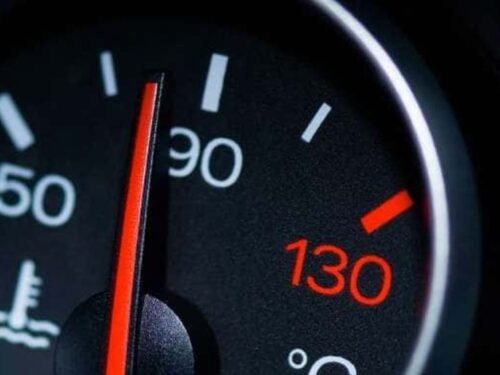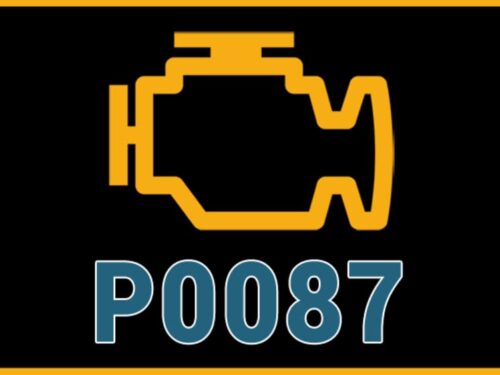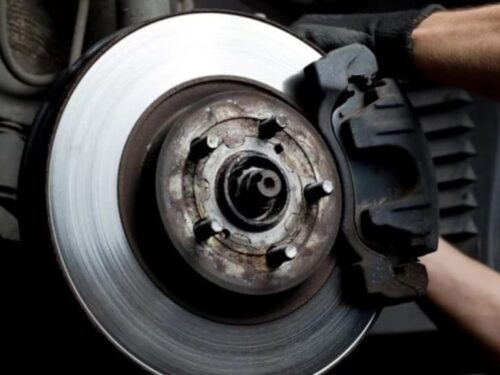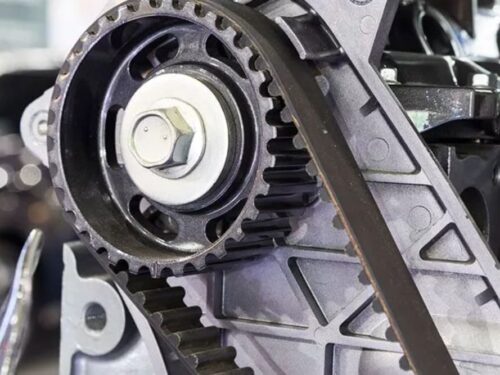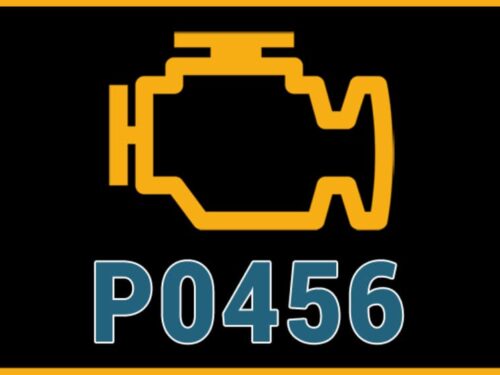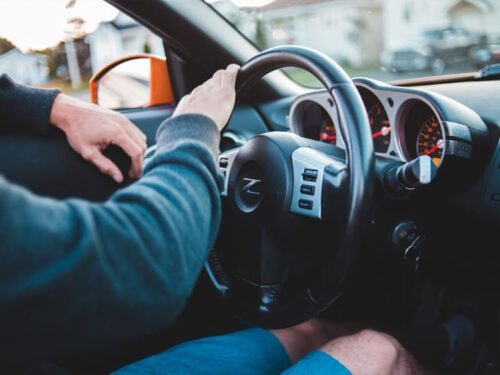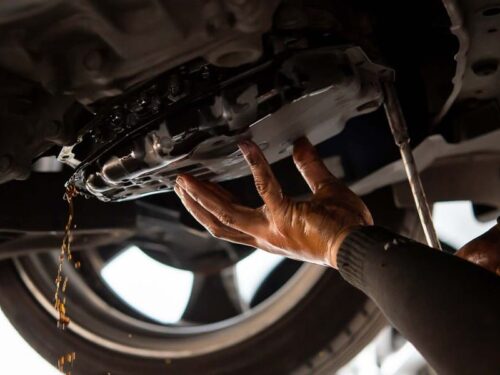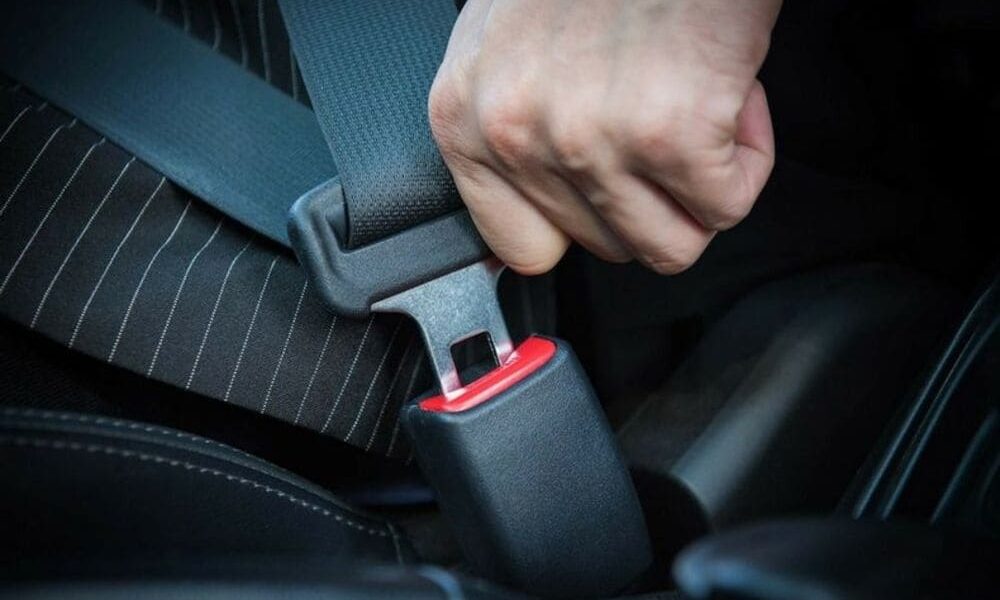
The National Highway Traffic Safety Administration (NHTSA) reports that 48% of people killed in car accidents were not wearing seat belts. And unfortunately for Chicago, the Illinois Department of Transportation’s report on crash facts and statistics said accidents were on the rise.
With more people on the streets every day accidents aren’t going away. Luckily, auto parts dealers in Chicago always have seatbelts in stock. So if your belts are damaged or missing, it won’t be hard to find replacements. But how do these life-saving devices work?
How Do Seatbelts Help?
Remaining secure inside your car often means the difference between walking away from a crash and serious injury or death.
Seatbelts stop you from flying out of the vehicle in an accident. They’re also designed to spread the force of a crash to the strongest parts of your body—your pelvis and ribcage.
In a high-speed crash, however, even seatbelts can injure you. That’s why they have special stitching in the belt that will rip slightly to allow for a little more give when the belt is stretched far enough. This feature is called a load limiter.
How Do Seatbelts Work?
You’ll notice that you can move around freely with your seatbelt on. That’s because the seatbelt is attached to a spool which will unwind when you pull on the belt.
When a crash occurs though, the belt locks up and pulls your body into the perfect crash position. This is accomplished through a pretensioner which is a device that’s only activated when the car detects impact.
Courtesy of aeroautoparts


